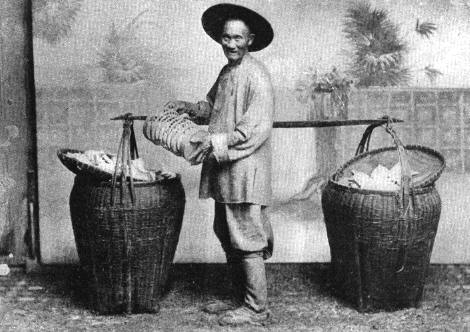What a year we've had! Among other things, you have written 27 blog posts - quite an accomplishment! Now, for blog #28: your final post of the year. Your last blog assignment is to leave words of wisdom, advice, and general parting reflections on your seventh grade experience for next year's rising class. Your thoughts will be the first thing my new students read next year when I introduce them to the blog.
Here are some guidelines to keep in mind for your final commentary:
- What valuable lessons did you learn along the way that you can pass on to others?
- What are “the essentials” that every seventh grader should know?
- What books should every 7th grader read?
Just make sure that your advice is, well, actually good information.

**As always, please use complete sentences and proofread for CUPS before posting. Compose your commentary in a google doc to make sure you do not lose your work and have ample room to edit!
If you discuss particular classes and teachers, please do so with respect, humor, and goodwill. If your commentary is not respectful, I will not post it.
I've enjoyed getting to know each and every one of you this year. Reading your writing on this blog, as well as your formal essays and assignments, was often the best part of my week.
Have a wonderful summer full of adventure and visits to the library. I will miss you next year -- so come visit me!



